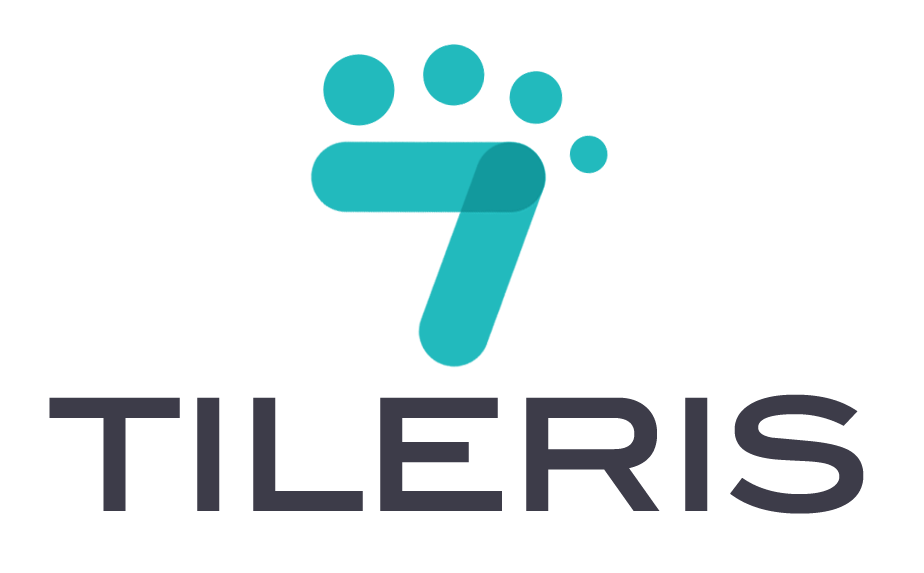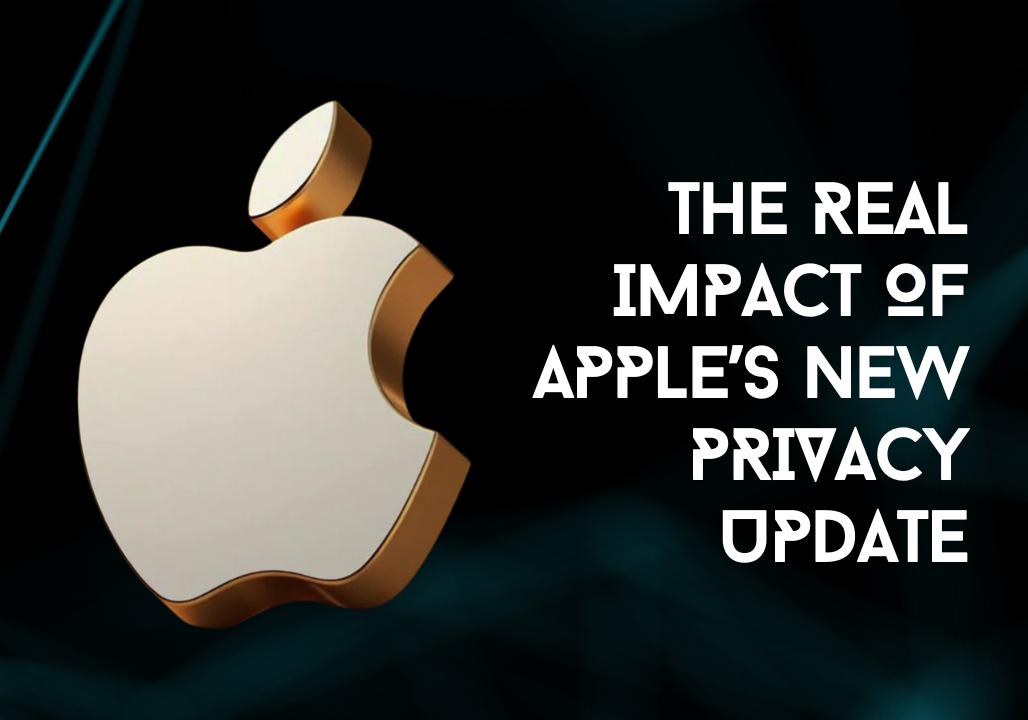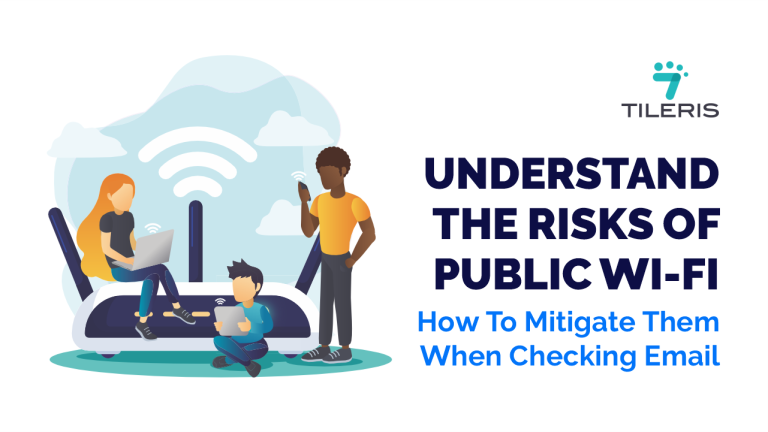Apple’s New Privacy Update: What It Really Means
Introduction
Apple has consistently positioned itself as a champion of user privacy, and its recent updates continue to reinforce this stance. While there isn’t one single “Apple’s new privacy update” as of mid-2025 (Apple releases continuous updates, often unveiling major new features at WWDC each June), the cumulative effect of recent iOS releases (likely iOS 18/19 and Safari 18/19/20) demonstrates a clear direction.
This article will primarily target everyday iPhone users who care about their digital privacy but may not be deeply technical. It will also be valuable for small to medium business owners and marketers who advertise on iOS platforms, as it will explain the impact on their operations.
Key features and benefits observed from recent announcements
- Enhanced Tracking Prevention (Safari): Safari continues to expand its Intelligent Tracking Prevention (ITP). Recent updates (iOS 26/Safari 26) are making browser-based fingerprinting significantly harder. This includes stripping tracking-related query parameters from URLs (e.g., utm_source, gclid), preventing suspicious scripts from using localStorage and cookies for identification, and making document.referrer cleaner. For users, this means less cross-site tracking and more private browsing.
- Link Tracking Protection (Mail & Messages): Beyond Safari, Apple has extended Link Tracking Protection to links clicked within Mail and Messages, regardless of Private Browse mode. This automatically strips known tracking parameters from URLs, further preventing users from being profiled based on their clicks.
- On-Device AI (Apple Intelligence): A significant privacy advancement is the integration of “Apple Intelligence.” Many AI features are processed entirely on-device, meaning personal data used for AI functions (like summarization, visual intelligence, call screening, live translation) never leaves the user’s device or reaches Apple’s servers. For more complex requests, “Private Cloud Compute” is introduced, using cryptographic assurances that data sent to Apple silicon-based servers is processed, not stored, and only used to fulfill the specific request. Independent experts can inspect the code running on these servers to verify privacy claims.
- Declare Age Range API (for developers): This new API allows apps to request a parent-verified age range for a user (e.g., 13-15, 16-17, 18+). Parents must confirm the child’s age range via system-level controls. Apps receive only the range, not an exact age or birthdate, complying with child protection laws while preserving privacy. This aims to foster safer online environments for minors.
- App Tracking Transparency (ATT) Evolution: While introduced earlier (iOS 14.5), ATT remains a cornerstone. Apple continues to refine its implementation, requiring apps to explicitly ask for user permission before tracking their activity across other apps and websites. Recent updates have focused on clarity in the consent prompts and stronger enforcement.
- Locked and Hidden Apps: New features allow users to lock and hide specific apps, providing an additional layer of privacy for sensitive applications, accessible only via Face ID, Touch ID, or passcode.
- Enhanced Privacy Labels: Apple continues to refine its “nutrition labels” in the App Store, providing clearer, more digestible information about an app’s data collection practices before download.
- Photos Privacy Permission Improvements: Users can now share specific photos with apps while keeping the rest of their library private. When apps ask for full library access, users are shown more detailed information and receive occasional reminders of their choice.
- Approximate Location: Users can choose to share an approximate location instead of precise coordinates, giving them more control over their geo-data.
- Recording Indicator: Clear visual indicators (orange for microphone, green for camera) remain prominently displayed when an app is actively using these features.
Potential Drawbacks:
- Developer/Advertiser Impact: These updates, particularly those around tracking prevention, significantly limit the data available for personalized advertising and cross-site tracking. This forces advertisers to rethink targeting and measurement strategies, potentially leading to reduced effectiveness for some ad campaigns.
- Complexity: While designed for user benefit, the increasing granularity of privacy controls can sometimes feel overwhelming for less tech-savvy users.
Apple’s Latest Privacy Update: What It Means for You and Your Data
In a digital landscape where personal data is often described as the “new oil,” concerns over privacy have reached an all-time high. Consumers are increasingly wary of how their online activities are tracked, shared, and monetized. Standing at the forefront of this privacy revolution, Apple has consistently invested in features designed to give users more control over their information. With its latest cumulative updates to iOS (including features rolled out in iOS 18/19 and showcased for iOS 26 at recent WWDCs, influencing the mid-2025 landscape), the company is once again raising the bar, fundamentally reshaping how apps and advertisers interact with your data.
But what exactly do these updates entail, and how will they impact your daily digital life, as well as the businesses that rely on data to reach you? Let’s take a look.
What is Apple’s Latest Privacy Shift? Understanding iOS 26’s Core Features
Apple’s privacy enhancements aren’t a single, monolithic update but rather a series of interconnected features designed to make tracking harder and data transparency greater. The most significant advancements seen from recent announcements (likely part of iOS 26 and Safari 26 by mid-2025) include:
- Enhanced Tracking Prevention (ETP) Across the Board: Safari’s Intelligent Tracking Prevention (ITP) is evolving to block even more sophisticated methods of cross-site tracking and browser fingerprinting. This means Safari will aggressively strip known tracking parameters from URLs (those utm_source or gclid codes often used to track where you came from) and prevent websites from using sneaky techniques to identify your device. Crucially, this Link Tracking Protection is now extended to links you tap in Mail and Messages, ensuring your clicks within Apple’s native apps are also shielded from undue surveillance.
- Privacy-First AI with Apple Intelligence: This is a game-changer. Many new AI-powered features, from summarizing text to recognizing objects in photos (visual intelligence), are now processed directly on your iPhone. This “on-device” approach means your personal data used by AI never leaves your device and isn’t sent to Apple’s servers. For more complex AI tasks, Apple introduces “Private Cloud Compute.” This system uses cryptography to ensure that any data temporarily sent to Apple’s cloud servers is processed, not stored, and is exclusively used for your specific request, with independent experts able to audit the server code for privacy verification.
- The New “Declare Age Range API”: This feature provides a more privacy-centric way for apps to verify a user’s age. Instead of requesting a precise birthdate, apps can ask for a parent-verified age range (e.g., “13-15,” “16-17,” or “18+”). Parents confirm this via system-level controls, and the app only receives the range, helping developers comply with child protection laws while limiting the collection of highly sensitive personal information.
- Evolution of App Tracking Transparency (ATT): While initially rolled out with iOS 14.5, ATT continues to be a cornerstone. Apps are still required to explicitly ask for your permission to track your activity across other apps and websites. Apple is refining the user experience, making consent prompts clearer and enforcing developer compliance more strictly, ensuring your “Allow” or “Ask App Not To Track” choice is truly respected.
- Locked and Hidden Apps: For an extra layer of personal privacy, iOS now allows you to lock individual apps, requiring Face ID, Touch ID, or your passcode to open them. Additionally, you can hide apps completely, removing them from your Home Screen and App Library, making them only discoverable through search and requiring authentication to access.
How It Affects You: The User’s Perspective
For everyday iPhone users, Apple’s latest privacy updates are overwhelmingly positive, placing more power directly in your hands.
- Benefits:
- Increased Control & Transparency: You get a clearer picture of which apps want to track your activity and why. You have the ultimate say over whether that tracking happens.
- Reduced Unwanted Tracking: Safari’s enhanced protections mean fewer websites can silently build profiles of your Browse habits across the web. Your clicks in Mail and Messages are also now less likely to be used for tracking.
- Enhanced Data Security: On-device AI processing for Apple Intelligence ensures that much of your personal data used by these smart features remains local to your device, never touching Apple’s servers.
- Clearer Consent: The “nutrition labels” in the App Store become more refined, offering upfront information about an app’s data practices, letting you make informed decisions before you even download.
- Peace of Mind: Knowing that Apple is actively working to make it harder for third parties to track you across apps and websites, and that sensitive AI processing happens locally, provides a significant boost to digital confidence.
- Potential Drawbacks/Considerations:
- Less “Personalized” Content/Ads: If you opt out of tracking, you might notice that some ads or content suggestions become less tailored to your specific interests. For many, this is a welcome trade-off for greater privacy.
- App Functionality: In rare cases, an app’s functionality might be slightly impacted if you deny it a permission it genuinely needs (though legitimate apps are generally designed to degrade gracefully or explain why a permission is necessary).
- Learning Curve: With more granular controls, there’s a slight learning curve to understand and manage all your privacy settings effectively.
Actionable Tips for Users:
- Always Choose “Ask App Not To Track”: When prompted by the ATT pop-up, generally choose “Ask App Not To Track” unless you have a strong reason to allow it for a specific app you trust deeply.
- Regularly Review App Privacy Reports: In Settings, periodically check the App Privacy Report to see which apps have accessed your camera, microphone, photos, and location, and when. This helps identify suspicious activity.
- Utilize Safari’s Privacy Report: Check Safari’s Privacy Report to see how many trackers it has blocked on the websites you visit.
- Lock and Hide Sensitive Apps: Use the new “Locked and Hidden Apps” feature for your banking, health, or social media apps.
The Ripple Effect: Impact on Developers and Advertisers
While a boon for users, Apple’s privacy updates continue to pose significant challenges for developers and, particularly, for advertisers who have historically relied on broad data collection and cross-app tracking.
- Reduced Access to Identifier for Advertisers (IDFA): ATT (and its ongoing refinement) means that the IDFA – a unique device identifier previously used by advertisers to track users across apps for personalized advertising and attribution – is largely inaccessible without explicit user consent. As high as 96% of users initially opted out, and that trend continues.
- Shift to First-Party Data Strategies: Advertisers are forced to pivot from third-party data reliance to building their own “first-party data” strategies. This means focusing on data collected directly from customer interactions within their own apps and websites, fostering direct relationships with users.
- Emphasis on Apple’s SKAdNetwork for Attribution: For app install attribution (understanding which ad led to an app download), advertisers are increasingly reliant on Apple’s SKAdNetwork. While privacy-preserving, SKAdNetwork provides aggregated and delayed data, lacking the granularity that marketers were accustomed to for real-time optimization. Recent updates to SKAdNetwork (like overlapping re-engagement windows and configurable attribution windows) aim to provide slightly more utility, but it’s still a privacy-first solution.
- Challenges and Opportunities for Targeted Advertising:
- Challenges: Retargeting audiences have shrunk. Measuring campaign effectiveness and optimizing ads based on granular user behavior is significantly harder. This can lead to increased costs for user acquisition and less precise targeting.
- Opportunities: The shift encourages more emphasis on creative advertising, brand building, and creating valuable in-app experiences that incentivize users to share information voluntarily (e.g., email sign-ups for newsletters). It also levels the playing field for smaller developers who previously couldn’t compete with larger entities possessing vast tracking data.
- Compliance with New APIs and App Store Scrutiny: Developers must integrate new APIs like the Declare Age Range API and ensure their apps fully comply with Apple’s evolving privacy guidelines, which are meticulously enforced during the App Store review process. Apps that don’t adhere to these standards risk rejection or removal.
Looking Ahead: The Future of Privacy on iOS
Apple’s privacy journey is clearly far from over. These latest updates solidify a long-term vision centered on user control, transparency, and on-device processing. We can expect to see:
- Continued On-Device Processing: As Apple’s custom silicon (A-series and M-series chips) becomes more powerful, even more AI tasks and data processing will likely be handled locally, further reducing the need for data to leave the device.
- Further Decentralization of Data: Concepts like Private Cloud Compute suggest Apple is exploring ways to offer cloud-powered services without centralizing user data in a way that compromises privacy.
- Expanded Privacy Protections: We may see even more fine-grained controls over data access, potentially extending to new hardware features or emerging technologies.
- Industry Influence: Apple’s moves often set a precedent. Other platforms and regulatory bodies are taking note, pushing the broader tech industry towards more privacy-conscious practices. Regulations like GDPR and CCPA already reflect this shift.
Conclusion
Apple’s latest privacy updates, particularly those integrated into iOS 26, mark a significant milestone in empowering users and reshaping the digital advertising landscape. By aggressively curbing cross-site tracking, championing on-device AI, and providing more granular controls, Apple is making a powerful statement about user rights in the digital age.
For you, the user, this means an unprecedented level of control over your personal data. It means Browse with more anonymity, interacting with AI features knowing your information stays private, and having clear choices about who tracks you.
For developers and advertisers, it means a necessary adaptation – a shift away from ubiquitous tracking towards more transparent, consent-driven, and innovative ways of engaging with audiences. While challenging, this push ultimately fosters a healthier and more trustworthy digital ecosystem for everyone.
The “new privacy update” isn’t just a technical release; it’s a reaffirmation of a core philosophy. By understanding and actively utilizing these new features, you can take meaningful control of your digital footprint and ensure your data remains truly yours.
To truly empower yourself with a complete strategy for protecting your digital footprint across all your devices, download our free Security Checklist at tileris.com today! And for any specific cybersecurity needs or challenges you face, remember that our experts at Tileris are on the case, ready to provide dedicated support and consultation tailored to your unique requirements.







